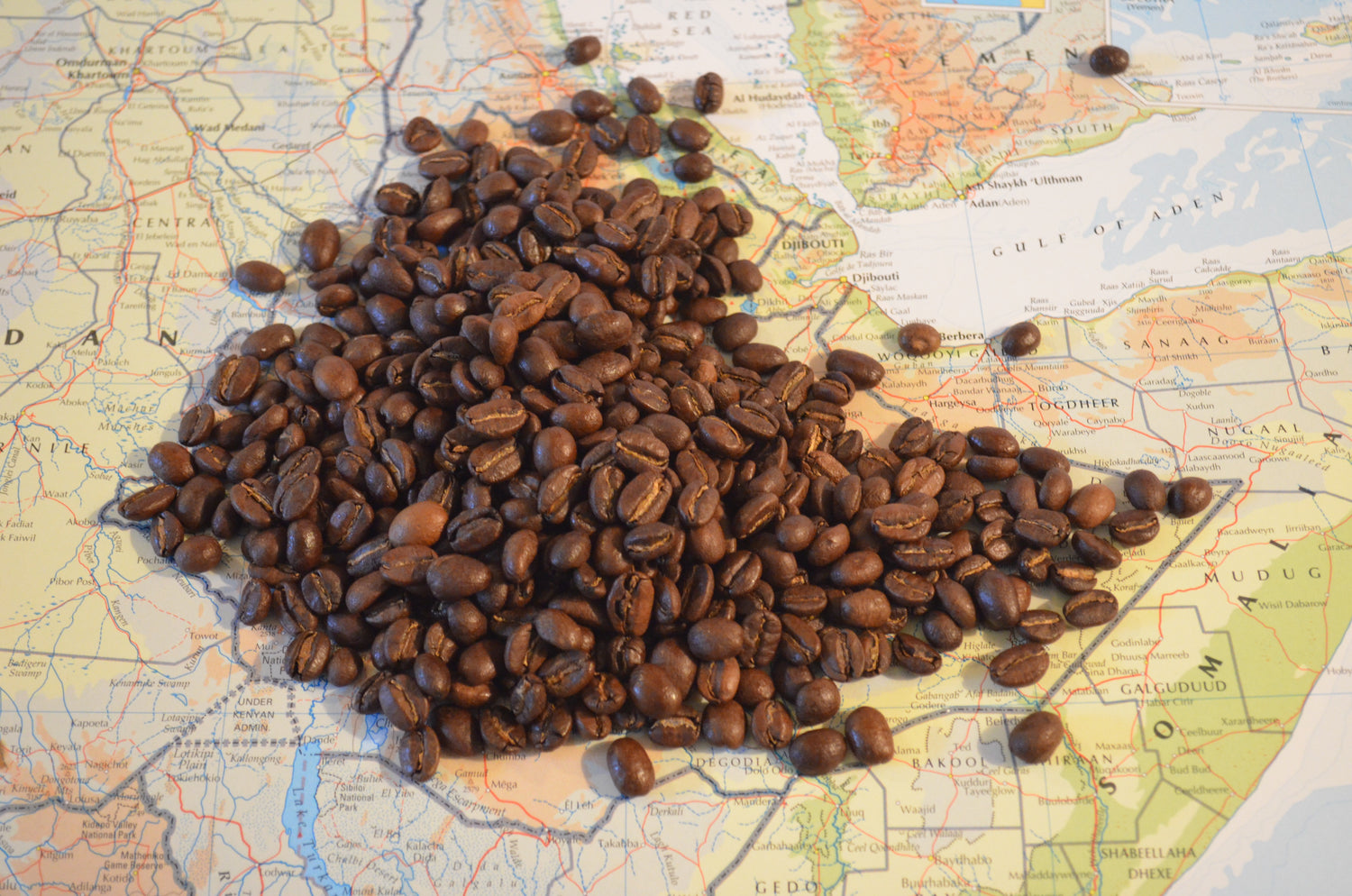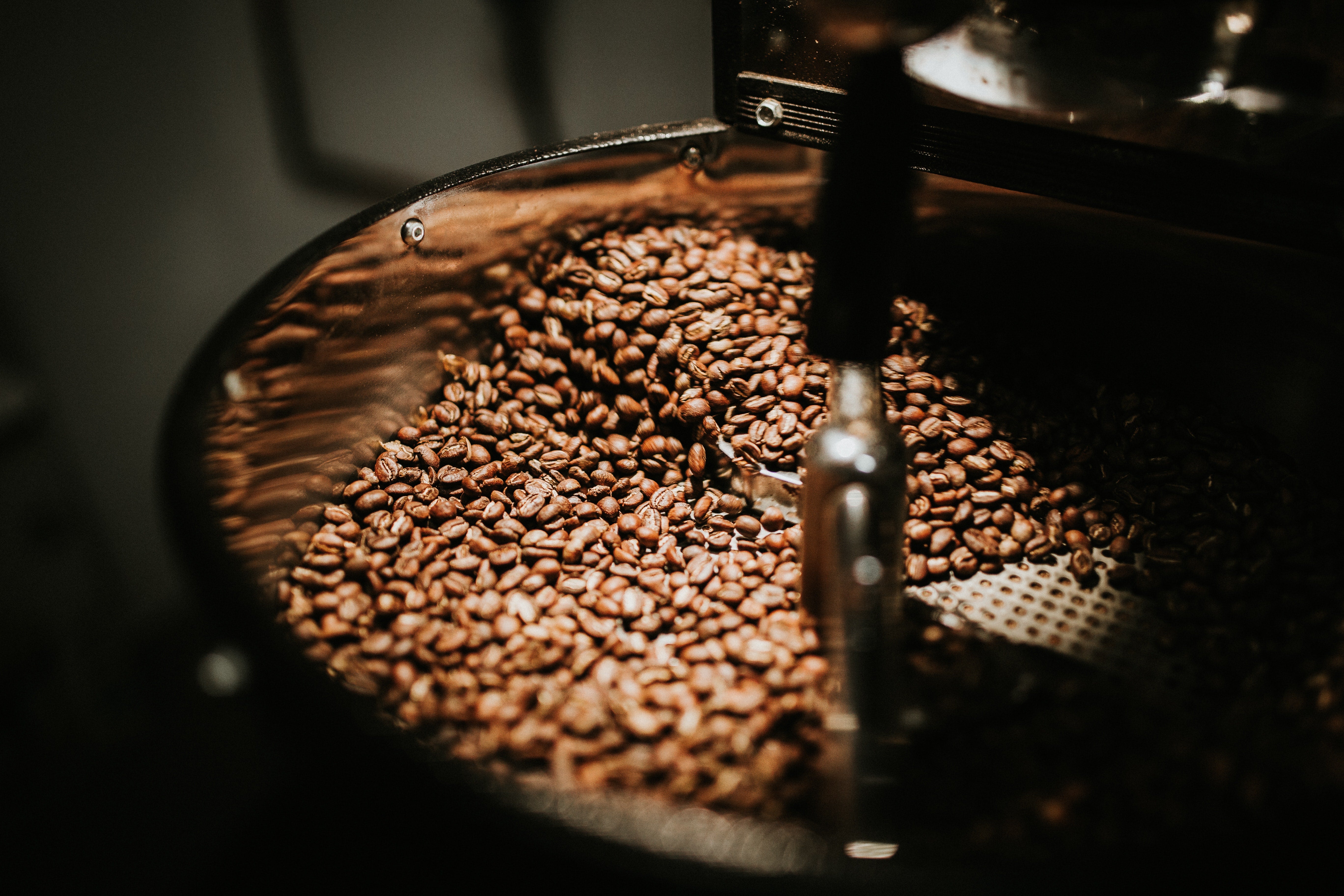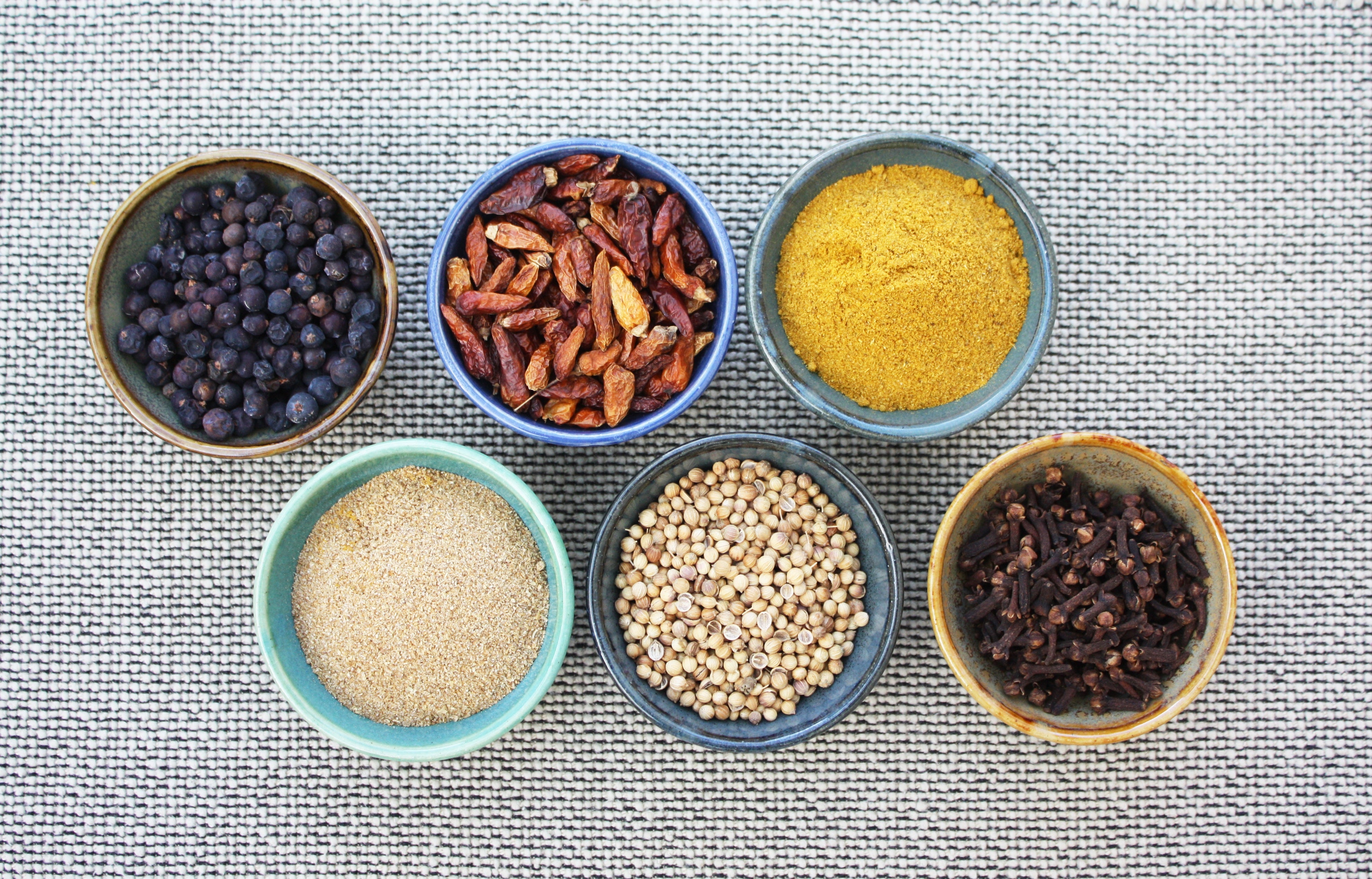Are the coffees of Honduras different from those of El Salvador? You're right—totally agree! But why?
Let's look at a well-known, beloved growing region from each: Marcala and Chalatenango. Both have their own classic flavor profiles, wholly unique and identifiable. But look at them on a map—they're so close to one another! What are the factors that determine how a coffee will taste, and how do they differ by country?
While coffee grows only in the narrow equatorial band between the tropics, don't let a tropical image obscure the sheer environmental diversity contained therein! Factors like elevation, soil type, plot facings, biodiversity of flora and fauna, rain patterns, and diurnal temperature range will all impact coffee production and flavor. These things will differ hugely within a given country and even more so between one another and across continents.
Every coffee-producing country has its own unique history and culture. Manifest or less-tangible, that complex context has shaped the methods and practices of coffee production in a given place. Varieties and cultivars vary based on which were introduced early in a country's coffee producing history and which were developed or imported more recently. Traditions have developed with lasting impacts on an area's farm management, agronomy, processing style and execution. How the major cities and ports sit relative to usable growing lands shape logistical chains (and yes, this can have large impacts on coffee—affecting storage temperature, transit time, and contamination risk). Political and economic factors govern the access to means of production and shape the infrastructure of farming and export-ready preparation. Such factors also determine a producer's or group's access to market or to further knowledge and progress in yields and quality. Social factors influence the availability of labor and the division of roles and functions in the household.
For being contained within "coffee farming," there's truly no end to the complexities to how an extremely fickle product is made in a very complicated supply chain on a hugely diverse international scale. And it's hard to divest any one of these considerations from the others.
Consider Marcala and Chalatenango and two farmers on either side of the border, mere miles from one another.
One has bought his farm as a young man after years of working on those of others. It’s humble and maybe a bit lower down the mountain than perfectly ideal. The days are a little too warm and when the rains don’t come on schedule the trees will look poorly. Several years ago, he planted a section of the farm with pacas with the understanding that it may have a better cup quality than the catuai growing elsewhere. He carefully dry-processes his coffee on raised beds, a technique originally learned from his neighbor who’d heard that’s how coffee is dried in Africa. He has seen some success and has expanded the farm with the mechanical infrastructure to prepare his own coffee and he sells it directly to an exporter in a state ready for export.
The next country over, another farmer has always grown typica, as did her parents before her, and she processes it in the same ways she was taught. The farm rests on a beautiful slope at 1750 meters—high for this latitude! Every aspect is done perfectly on schedule based on what she knows about the land and the plants. Ripe cherry is picked and pulped immediately and processed in exactly the same way, every batch. The water used comes from a spring on the property and the cool temperature means the coffee processes more slowly, drawing out complexities of flavor and vibrant brightness. She delivers the still-wet parchment coffee to a local business who will move the coffee down the chain, completing several steps before export. But they perform their functions well and quickly and the coffee is soon dried, milled and on its way to the ship.
Drink their coffees.
The coffee of the first is like nothing you’ve had before. It’s almost like syrup, and the sweetness is beyond belief. You’re amazed that these flavors are possible in coffee! Strong familiar fruit tastes, like strawberries and mangos, candy, and milk chocolate that lasts long after each sip.
The coffee of the second is clean and bright, and almost effervescent, like champagne! The flavors are softer, with subtle stonefruits and melons that you only notice with thought and concentration. The coffee is a well of flavors that only makes you want another cup and twenty more minutes together.
They’re both truly delicious, but they taste nothing alike...
From where do we say this difference comes?








Leave a comment
This site is protected by hCaptcha and the hCaptcha Privacy Policy and Terms of Service apply.